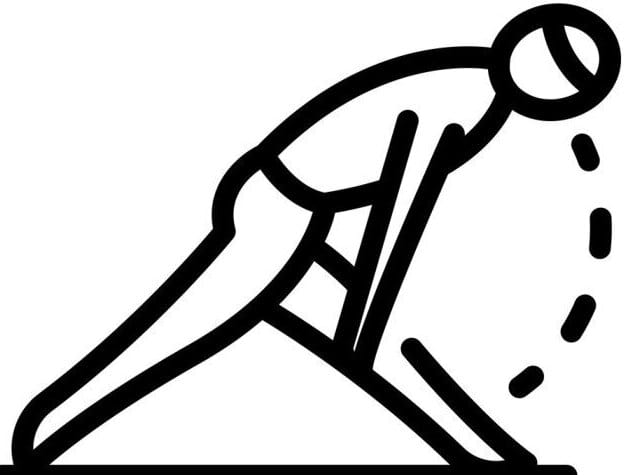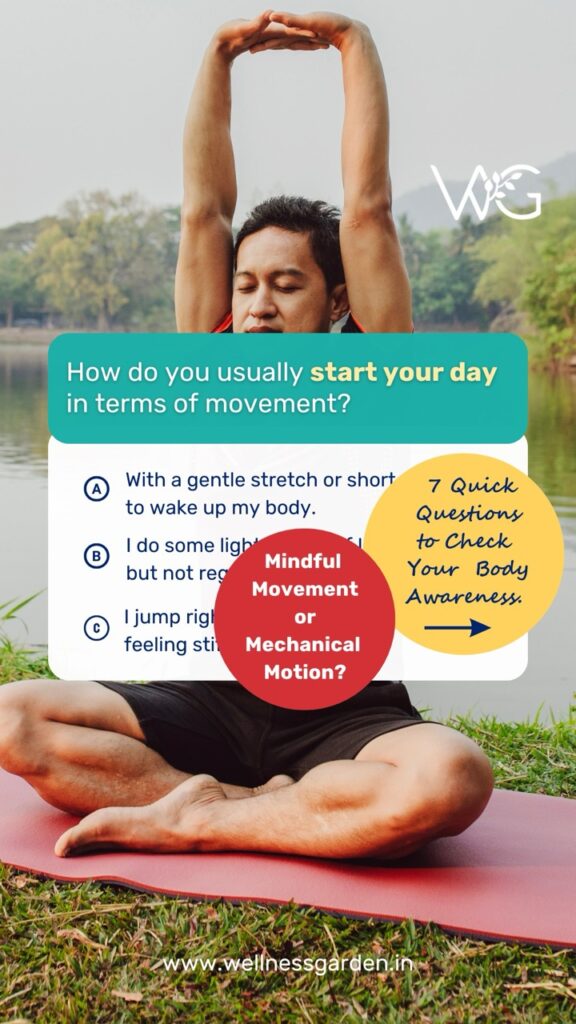Some of the Most Popular Methods Used by Physiotherapists To Treat Back Pain:
Manual therapy:
This manual approach includes a range of treatments such as manipulation, joint mobilization, and massage. It seeks to enhance tissue repair, lessen tense muscles, and increase joint mobility.
Massage: Therapeutic massage methods can ease pain, increase blood flow, and relieve muscle tension. Examples of these methods include deep tissue massage and trigger point therapy.
Joint mobilization: By enhancing the range of motion and flexibility in particular joints, gentle, controlled movements can lessen stiffness and pain.
Manipulation: By applying a targeted, low-amplitude, high-velocity thrust to a joint, one might potentially alleviate pain and enhance joint alignment and function.
Exercise Therapy: The cornerstone of physical therapy, exercise therapy consists of specific exercises meant to improve posture, increase flexibility, and strengthen core muscles.
Core Strengthening Exercises: Exercises that develop the muscles around the spine are known as core strengthening exercises. By strengthening these muscles, back pain can be reduced and prevented in the future.
Flexibility exercises: Pain relief, reduced stiffness, and increased range of motion can all be achieved by performing stretches that target particular muscle groups.
Exercises for correcting posture: People can adopt healthy postures that reduce strain on their spines and ward off pain in the future by following specific exercises and receiving information.
Electrotherapy:
Using electrical currents, this method can reduce inflammation, stimulate muscles, and relieve pain, among other therapeutic outcomes.
Transcutaneous Electrical Nerve Stimulation (TENS): Transdermal electrodes are used to apply low-voltage electrical currents to activate sensory nerves, therefore “gating out” pain signals to the brain.
Interferential current (IFC): This method promotes tissue healing and pain reduction by generating an interference pattern inside the tissues using two medium-frequency currents.
Dry Needling:
This method stimulates the neurological system and reduces pain by carefully placing tiny needles into certain trigger sites, which are tense bands inside muscles.
Acupuncture:
To restore energy flow and relieve pain, tiny needles are inserted at particular spots along the body’s meridians in this traditional Chinese medicinal
Acupuncture technique. Although the precise mechanism is still up for question, research indicates that acupuncture may be useful in the treatment of pain.
This method blends electrical stimulation with conventional acupuncture. According to the principles of traditional Chinese medicine, it entails placing thin needles at particular acupoints and then attaching them to an electrical device that generates a tiny, controlled current.
Although research on the precise mechanism of action of electroacupuncture for back pain is ongoing, the following advantages are suggested:
Pain relief: Electroacupuncture, like TENS, has the potential to trigger endorphin release, which is the body’s natural way of reducing pain.
Decreased inflammation: Research indicates that electroacupuncture might affect regulating the inflammatory response, which could lead to a decrease in pain.
Increased blood flow to the treated area: The electrical stimulation may result in an increase in blood flow, which would aid in tissue healing and lessen discomfort.
A Word From WG
Wellness Garden is your committed partner in seeking comprehensive natural and holistic therapies to address all your pain and wellness requirements. Our approach encompasses the entirety of your body, mind, and environment, integrating body, mind, and nutrition therapy and various other techniques.
Whether you’re facing physical or mental health concerns, life hurdles, or simply aiming to enhance your overall well-being, we’re here to provide the support you need. Get in touch with us to explore the possibilities and embark on your journey towards holistic therapy and improved health.







